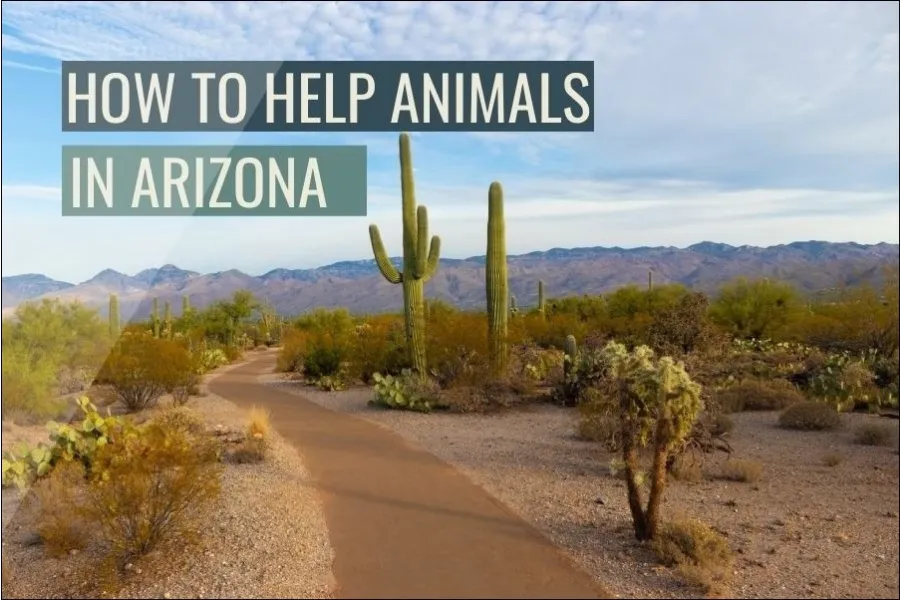
Arizona is blessed with a lot of different types of animals and has a huge variety of species. Reptiles, birds, hogs, and canines are easily found and provide a large diversity among animals. In this article, we will discuss how you in different ways can support the animals in Arizona.
The best way to help animals in Arizona is to reach out to the wildlife help rescuers and ask them how you can contribute. Depending on the wildlife organization their need can differ. Therefore, reach out to as many as you can and ask how you could help them the best.
Organizations that are specialized in helping animals often rely on donations and help from the public. There can be different ways of helping your local wildlife rescue and the best way to find out how you can contribute is simply by asking them. Perhaps you have a lot of blankets you don’t need anymore you can donate? Maybe your car doesn’t run anymore, but there’s a lot of gas in the tank you can giveaway? If you are computer savvy they may need your help with websites, social media, graphics design, or sharing their information online? If you like to talk on the phone, perhaps there is some telemarketing you can do by asking about donations? First of all, you’ll need to contact them and ask what their needs are.
Wildlife centers in Arizona
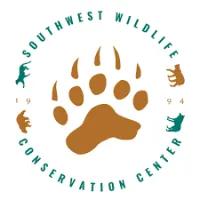
SWCC help injured, abandoned, and animals who’ve lost their homes with rehabilitation. They work 24/7 and respond to any wildlife emergency. Read more at southwestwildlife.org.

Liberty Wildlife’s mission is to nurture the nature of Arizona through wildlife rehabilitation, natural history education, and conservation services to the community. Read more at libertywildlife.org.

The Runnin’ W Wildlife Center is home to native and non-native species and also provides sanctuary and rehabilitation to birds and small animals. Read more at runningw.org.

Wild At Heart (WaH) is a rescue, rehabilitation, and release center for birds of prey in Arizona. Read more at wildatheartraptors.org
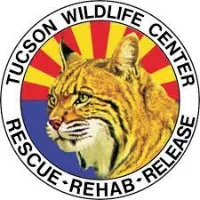
Tucson Wildlife Center is dedicated to the rescue, emergency medical care, and rehabilitation of sick, injured, and orphaned wildlife before returning to the wild, while promoting education, habitat protection, and coexistence with wildlife. Read more at tucsonwildlife.com
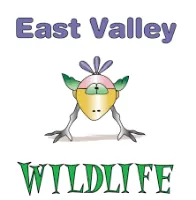
East Valley Wildlife is a non-profit organization that cares for songbirds, quail, waterbirds, waterfowl, and small mammals such as bunnies and squirrels. Read more at eastvalleywildlife.org
Animals needing help in Arizona
There are a lot of animals needing help in Arizona, but there are a few specific ones I’ve focused on in this article. Perhaps you are more fascinated by birds than mammals, or animals living in the water are your cup of tea? Check out the list below and see if there are any animal(s) you want to learn how to help.
Help the Javelina
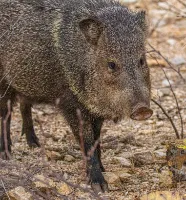
The javelina (or Peccary) is a medium-sized hog with hoofs. They are omnivores, which means they eat both plants and other animals. In the wild, the javelina usually lives up to ten years of age. In studies done in Texas and Arizona, it has been shown that the prickly pear cactus has played a great role in the survival of javelinas. Although not so rich in nutrients, it still makes up half of the total daily caloric intake. The other half comes from green forbs, vines, and grasses. The high water content decreases the risk of dehydration. You can help javelinas, by donating to wildlife rescues that specialize in helping javelinas. But, you can also help them by focusing on what they eat. As mentioned earlier, the javelina diet consists mainly of prickly pear cactus. I’d suggest purchasing some seeds, and start growing the cacti yourself. When they’ve outgrown the pot you can place them in the wild where you know there are javelinas. Beware, their sting can hurt really bad, however, the hogs don’t seem to mind.
Help the Coyote
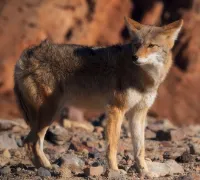
When most people think about coyotes they think of predators and danger. In fact, coyotes eat as most humans. They are omnivores and eat both plants and other animals. Although the risk of being attacked by a coyote is low, there is still some fear among people. Most human attacks could have been avoided if human behavior was modified. Many organizations specialize in helping the coyote, and an easy way is to reach out to them and ask how you can contribute. If you are like me and want to do it yourself there are some ways you can help the coyote. Since I don’t want to inflict harm to any animals I suggest you focus on providing the coyotes with plant-based foods they like. Despite meat, coyotes in Arizona like to eat mesquite beans, cactus fruit, and flowers. In other states persimmon, blackberries, plums, crab apples, corn, berries, grapes, and grasses. If you have some leftovers to give away or want to grow some plants for future generations of coyotes can enjoy, go ahead. I suggest planting mesquite seeds since the pods contain a lot of protein which is essential for the coyote to maintain their muscles.
Help the Bobcat
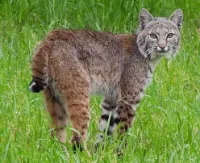
Bobcats’ main sources of food are other animals. I wouldn’t be comfortable recommending giving them meat from other animals. Instead, I would like to recommend something more conservative. In Arizona, there are several wildlife rescuers and some have the bobcat as a specialty. Above, I’ve mentioned some of the wildlife rescue organizations. Many of them have a list of things they need on their website. Tucson Wildlife Center for example, (the one with the bobcat logo) has a wish list on their site. At the time of writing this, they wish for; a microwave, copier paper, grocery store gift cards, white paper towels, and a lot more. Check the list out. I’m certain you have something on there you don’t mind giving away.
If you are a more hands-on person, you might want to volunteer as well. Check with your local wildlife organization.
Help the Deer
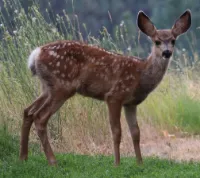
I’ve written many articles on how you can help deer. If you don’t mind visits from deer, you can provide them with different types of foods. Foods you can give deer vary depending on the season. However, fruits, ensilage, and deer pellets are usually a safe bet. Many prefer giving the deer corn which is fine. Although, too much corn can be rough for the deer’s digestive system since corn contains a lot of sugar. I’ve written an article about what to feed deer instead of corn. Salt licks are usually appreciated and provide them with a lot of nutrients. If you like deer, but don’t want them in your yard, you can bring the food to them. Place small piles of crushed grains, corn, pellets, and other foods they like next to trees or next to a lake where they feel safe. If you know a place where you’ve seen them stroll before, you can check for tracks there. If you are struggling and want to know what you can do during winter to help the deer, check this article out.
Help the Black Bear

The best way you can help the black bear is by keeping it in the woods. Black bears have received a bad reputation for walking into town and looking for food. More about why bears walk into cities here.
There are some things you can do to make the bears stay in the forest.
1. Make your trash inaccessible.
Bring your trash inside at night or invest in bear-safe trash cans. There are also enclosures for the container.
2. Take care of your compost pile.
A bear’s nose can notice food from very far away. Imagine all the scents coming from an unenclosed compost pile. Make sure your compost is inaccessible with a fence, lid, or similar. Don’t try burying it. The bear will find it anyway.
3. Keep the BBQ grill clean
BBQ is a lot of fun, but something many of us forgets is to keep the grill clean. Grills carry a lot of flavors and are big lollipops in the eyes of bears. Make sure you always clean the barbecue grills after a feast.
Help The Coatimundi

Many people have never heard about the coatimundi. They are actually related to the more familiar raccoon. Unlike the nocturnal raccoon, the coatimundi sleeps during the night and is active during the day. Most of the time, they spend looking for food and snack. Their diet consists of insects, fruits, rodents, lizards, and small snakes. To help the coatimundi I have five suggestions.
1. Reach out to organizations specialized in coatimundis
In Arizona, there are a lot of wildlife organizations specializing in mammals. Check-in with your local wildlife rescue and see what you can do to help them.
2. Bring fruit
If you know where you can find coatimundis you are in luck. If so, you can bring some fruits and treat them to a feast. Grapes, cherries, and avocados seem to be their favorites. If you have a dog, you can ask if you can bring some of its dog food to give. Make sure you feed them in their natural habitat and not too close to home. You don’t want coatimundis around your backyard. They will make a lot of noise and try to get into your trash. Just like raccoons.
3. Raise awareness
There is a lack of coatimundi conservation and it seems to be a lack of knowledge about these animals that is to blame. Share information about the importance of coatimundis for the ecosystem and why they are essential and need protection.
4. Don’t adopt a coati
Exotic pets are sadly popular nowadays and are often traded internationally. They are often victims of the illegal pet trade. Spread awareness and never bring home an exotic animal from the wild.
5. Support reforestation
One of the biggest threats to coatis and other animals is deforestation. Forests turn to places for cattle and crops instead of wildlife. All for the sake of someone making a buck. Check out forest projects in Arizona to support here.
Help the Red-Spotted Toads
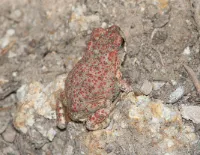
The Red-Spotted Toad is insectivorous which means it only eats insects. If you want to get rid of insects in your yard and want to help out the red-spotted toad, you might want to make your yard toad-friendly. I’ve written a lot of articles on how to make your yard frog and toad friendly. If you don’t want your yard with frogs and toads, there are other options. Mainly you can support nature reservations that have the toad as a resident. Grand canyon national park for example. Another way is to purchase dead flies and insects to the toads and treat them to a feast.
Help the Great Blue Heron
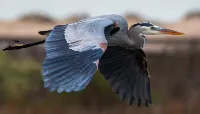
As you may know, the Great Heron’s diet consists mainly of fish, amphibians, snakes, and smaller mammals. They are capable of finding their food by themselves, but there are some ways you can help them. Although the heron is on an uprising in the population there is a threat to the occidentalis. The great white heron. The blue heron is the most common one in Arizona, therefore it made it to the list.
You can help the herons collect twigs to build their nests. As you know, they are pretty large and require a big nest for their spouse and eggs. They build their nests as a big platform. If you see a smaller nest or are in an area where there are a lot of herons you can help them by collecting twigs and putting them under a tree. Instead of the heron flying around looking, they can simply fly up and down which will save them a lot of energy. If you want to help other birds in your area and want to know how to help them, you might want to check my other article How Do I Help The Birds Building Their Nests?
Help the Greater Roadrunner
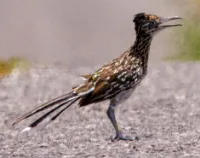
Last, but not least is the Greater Roadrunner. You may haven’t seen them, but I’m certain you’ve heard them. They have a very distinct sound. Listen to them below. Instead of “meep meep”, they more sound like “coo-coo”. Their diet consists of snakes, insects, and smaller animals. If the prey is too “bony” for them they will slam it against rocks. They do a great job taking care of their lunch themselves. But you can help them in their day by supporting their nest building. Their nests are built a few feet above the ground, often in a small tree, bush, and even cactus. Often made from straws, grass, and small twigs. If you have grass clippings or small twigs laying around, you can place them in a pile under a tree or cactus. Put a rock on top so it doesn’t scatter around.
